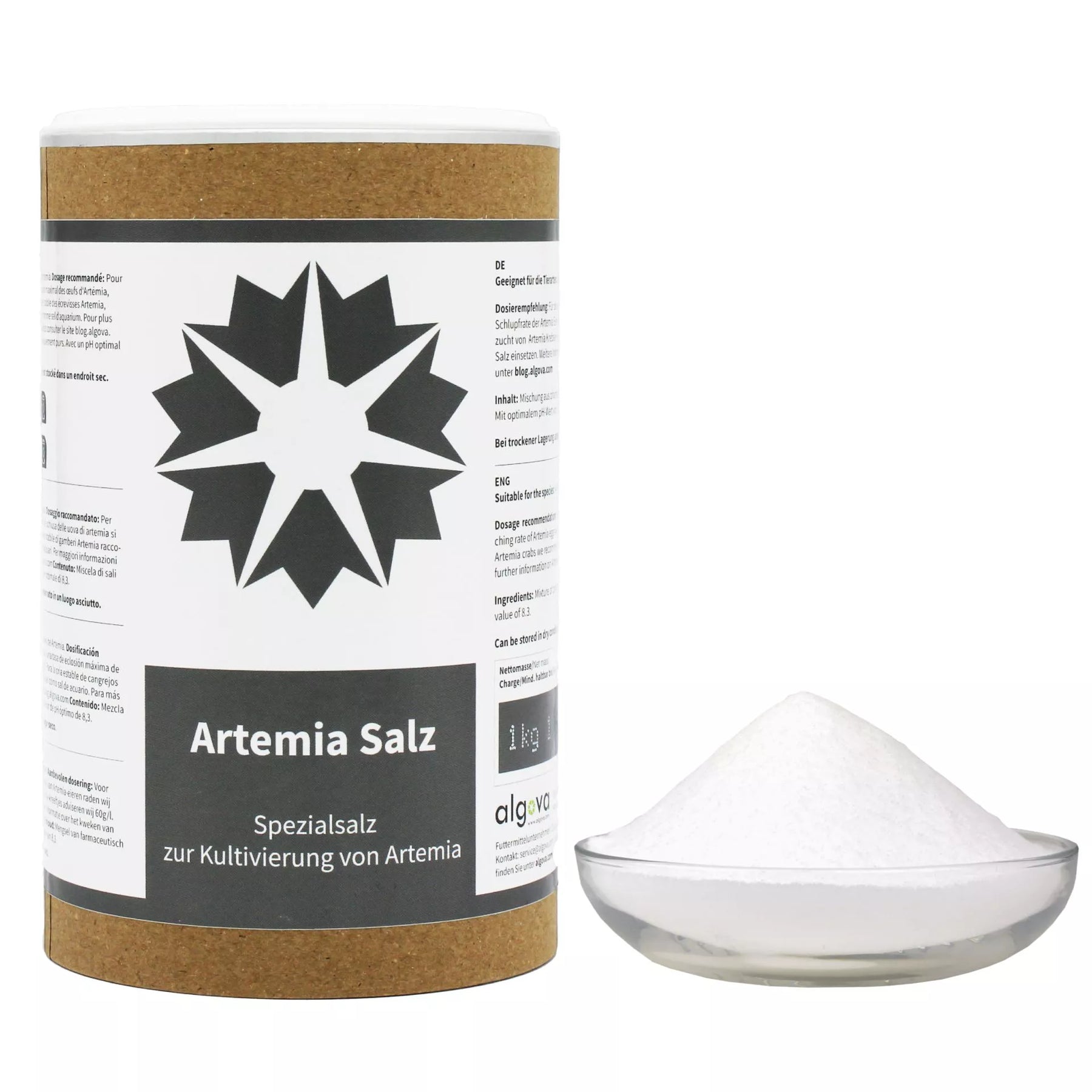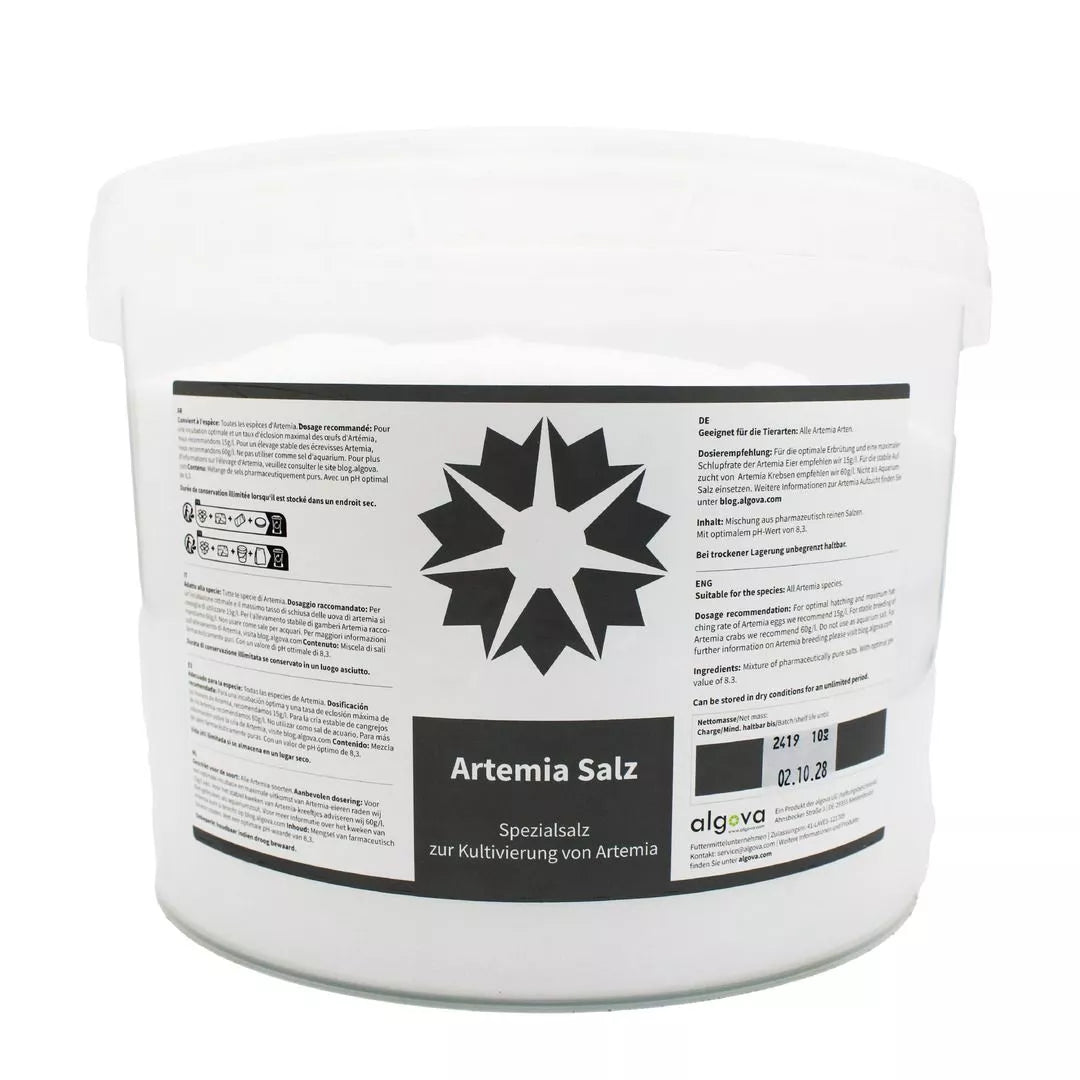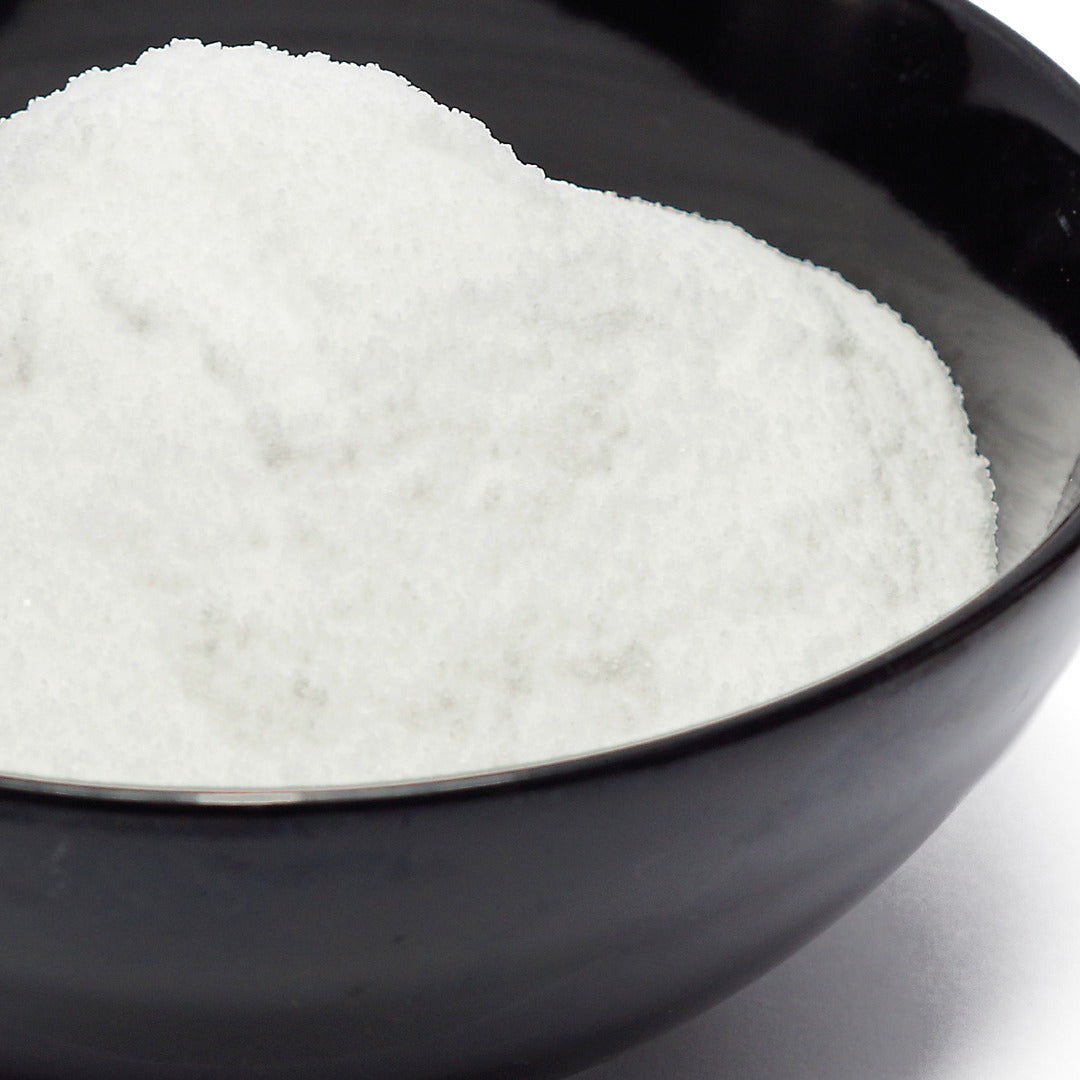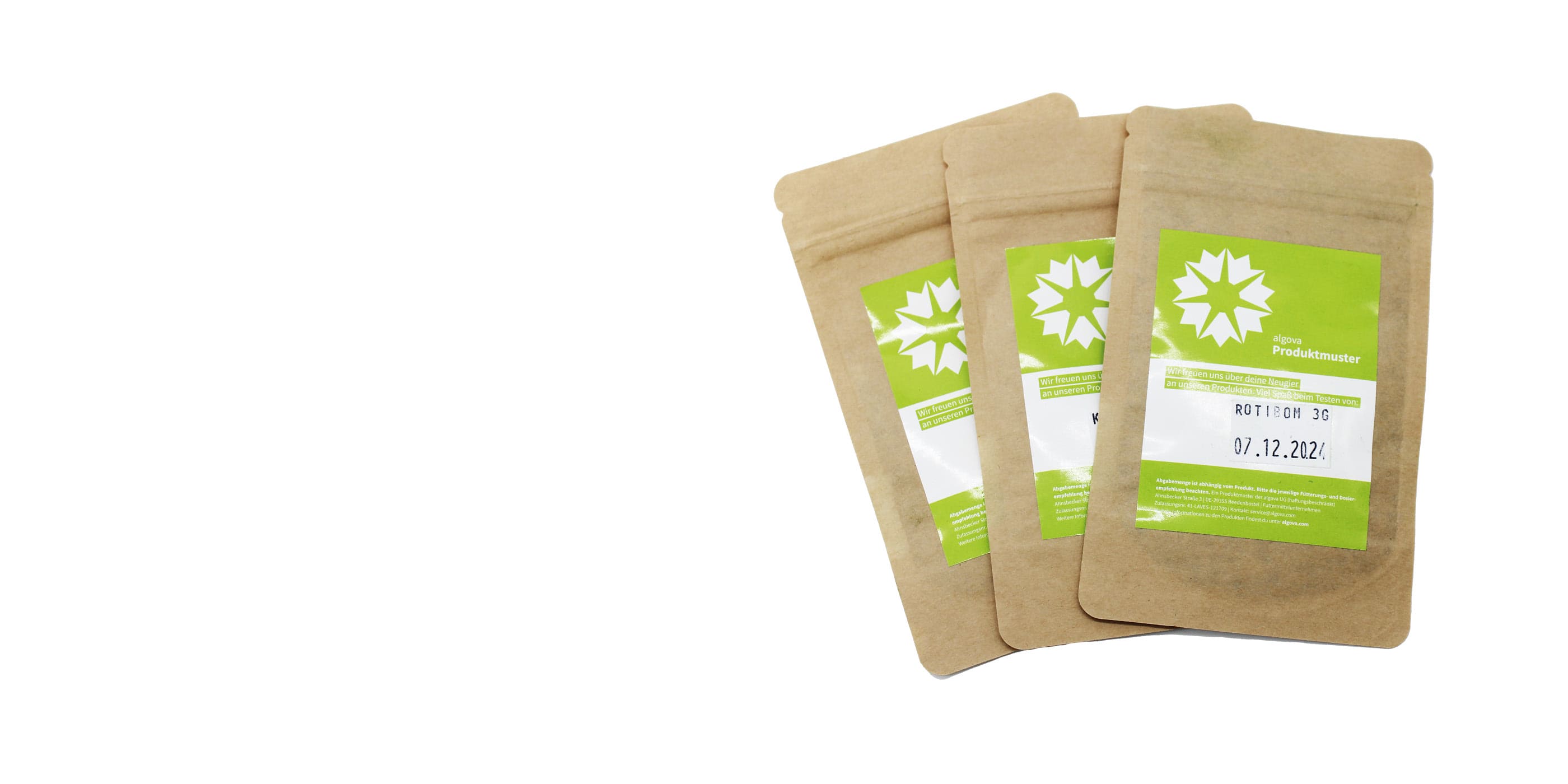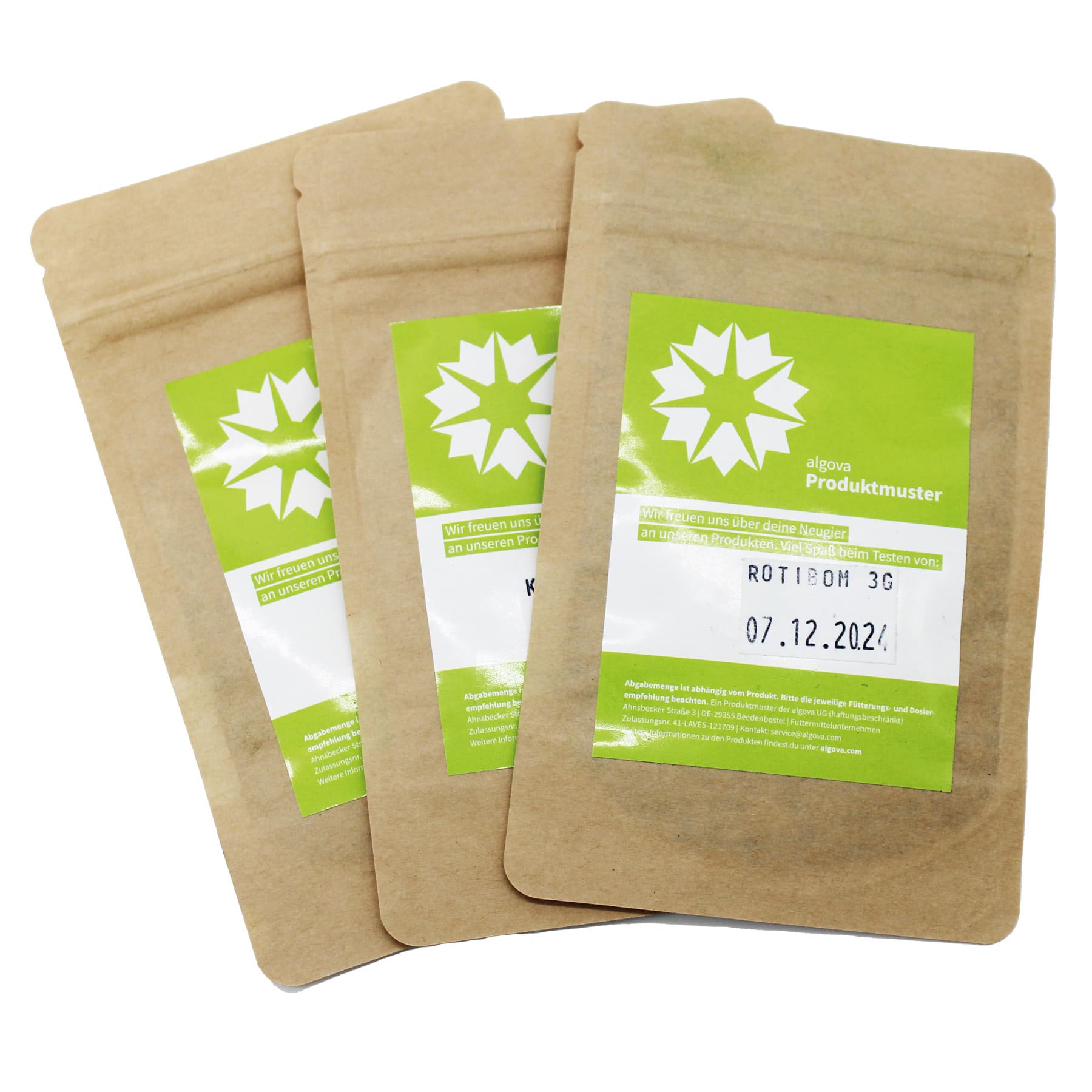Breeding Artemia nauplii: only with the right Artemia salt.
Freshly hatched Artemia nauplii are a high-quality live food for smaller aquarium fish, ornamental shrimps and corals as well as fish and shrimp larvae. As simple as the breeding of Artemia nauplii is, there are parameters that can significantly influence the hatching of the nauplii and thus reduce the hatching rate.
What can influence the breeding of Artemia nauplii?
Firstly, the quality of the Artemia eggs themselves. At algova, we define Artemia eggs with a hatch rate of <90% as low-quality eggs. In addition, the hatching rate can decrease if the eggs are stored for too long or in a bottle.
Secondly, the hatching parameters may be incorrectly set. These include temperature, lighting, oxygen saturation and water quality (use osmosis water if possible, tap water quality can vary greatly from region to region). AND the pH value, which is influenced by the salt used and its dosage.
Not all Artemia salt is the same.
After working with thousands of customers and our own extensive experience in aquaculture, we have realised one thing above all: Not all salt is the same! If the right Artemia salt is used, it supports optimal hatching. If unsuitable Artemia salt is used, it can lead to a considerable reduction in the hatching rate.
-
Take table salt, for example: when using conventional table salt, the pH value can drop too much during incubation, especially if reverse osmosis water is used.
-
Take sea salt mixtures, for example: If, on the other hand, you use high-quality sea salt mixtures, no matter how expensive they may be, the hatching can be greatly reduced by the metal compounds they contain. This is due to the fact that Artemia originally come from salt lakes with a relatively simple salt composition and not from the coral reef.
Based on all our experience and intensive research, we have therefore developed
algova Artemia salt. An Artemia salt whose mixing ratio is perfectly matched to all algova
Artemia eggs and many other Artemia species (see below) and maximises the hatching rate.




